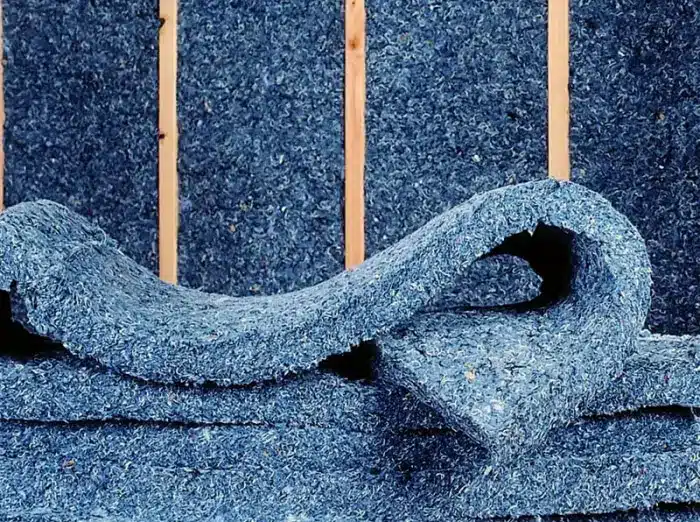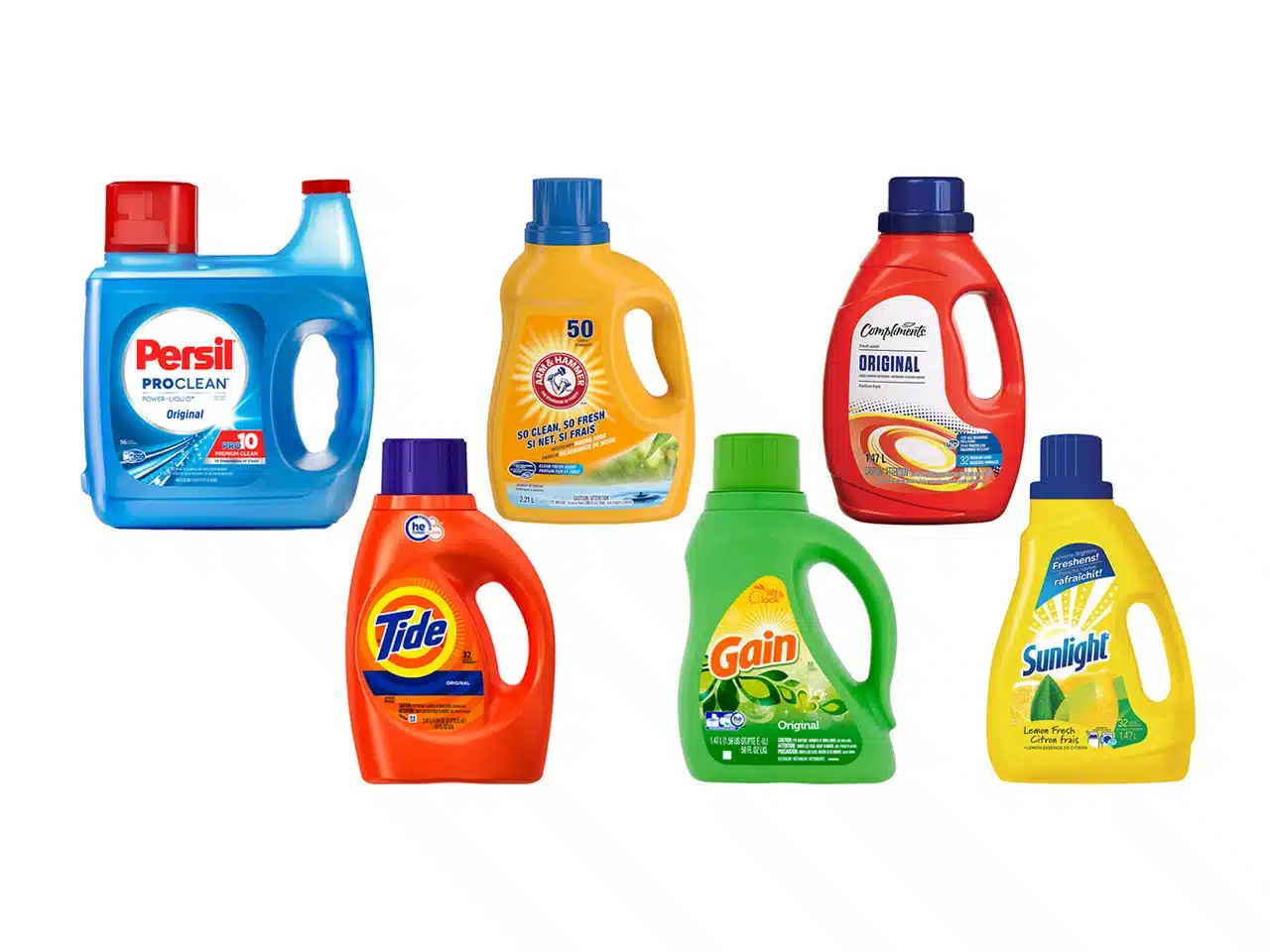These days, engineers and architects are rapidly realizing how important it is to plan, design, and build buildings with the safety of the residents in mind in the case of a fire. If the fire is not put out quickly, it might spread to other portions of the building and eventually cause it to collapse.
Once it starts, it tends to ignite all the nearby combustible items. The majority of nations have defined fire resistance in terms of how long it lasts to withstand fire, such as one hour, two hours, etc.
When designing buildings, engineers and architects must also consider conventions and laws.
In this article, we have compiled the top fire-resistant building materials that are trending.
Table of contents
- What are Non-Combustible Materials?
- What are Combustible Materials?
- Why Fire Safety is Important?
- What are the General Requirements of Fire Resistant Construction Materials?
- What are the Top 10 Fire-resistant Building Materials that are trending?
- Frequently Asked Question s
- Conclusion
- References
- Recommendations
What are Non-Combustible Materials?
Although these materials do not fuel the spread of fire, they can be harmed by extremely high temperatures that lead to the breakdown of fusion and the building’s loss of structural integrity.
If such materials are utilised, the construction might last longer while maintaining its integrity, but it might finally collapse. Metal, stone, glass, concrete, clay products, gypsum products, and asbestos products are a few examples of these materials.
What are Combustible Materials?
Oxygen and combustible elements will react exothermically to produce flames and spread the fire.
These materials, whether they are a part of the building’s construction or contents, burn themselves and feed the fire, intensifying and spreading it further. Wood and all wooden products, as well as manufactured goods like fibre board and straw boards, are examples of this type of material.
Because non-combustible materials cannot start a fire, they can be considered safe to use in buildings and homes up to a certain point.
Regardless of the level of fire resistance, all structural parts must be made of non-combustible materials, according to the “U. S. DEPARTMENT OF COMMERCE.” Thus, we have covered a few
You can read this: How To Install Weatherstripping Doors: Tips And Guidelines
Why Fire Safety is Important?
Today’s engineers, designers, and architects give fire safety in buildings a lot of consideration.
Fire safety in construction started to become more and more crucial as a result of numerous accidents.
The qualities of the materials used started to be taken into consideration in order to use more fire-resistant materials in a structure.
A few standard tests were created and the materials’ ability to withstand a typical fire was assessed.
The materials were categorised after being examined and found to have not suffered any significant harm over a given period of time. Access to this classification is available through NBC.
What are the General Requirements of Fire Resistant Construction Materials?
- It ought to be able to withstand fire long enough for people to leave the building without risk.
- It shouldn’t significantly lose its strength.
- It should not expand when exposed to heat, meaning that it has a low coefficient of thermal expansion. This will stop the building from experiencing additional stresses.
- It ought to have a lower heat conductivity as well.
- If it has the ability to insulate itself, that is better.
Also, read this: How to Control Wood & Termite Damage | Explained
What are the Top 10 Fire-resistant Building Materials that are trending?
#1. Stone

In a hilly terrain with easy access to stones, stones are used. Different kinds of stones are employed in different contexts based on their unique properties. Polished granite is used for column cladding, wall cladding, and table tops.
Stones are also utilized to construct compound walls, planters, and entry hallways in homes. Walls are constructed using limestone, sandstone, and granite. Slate is used for floors and roofs.
Furthermore, stone can endure fires up to 13,000–15,000 degrees Celsius, after which it begins to melt or shatter. Stone is a fire-resistant material that can’t withstand fast cooling and would shatter apart, thus its usage in construction should be minimised.
If granite is exposed to too much heat, it will either crack or crumble into sand and explode into small bits. Because limestone is destroyed by fire and converted into quicklime, using it is not recommended at all.
Compared to limestone, compact sandstone is more fire resistant because it can withstand mild fire exposure without developing significant fissures. The temperature at which these stones will yield will determine the outcome.
#2. Bricks
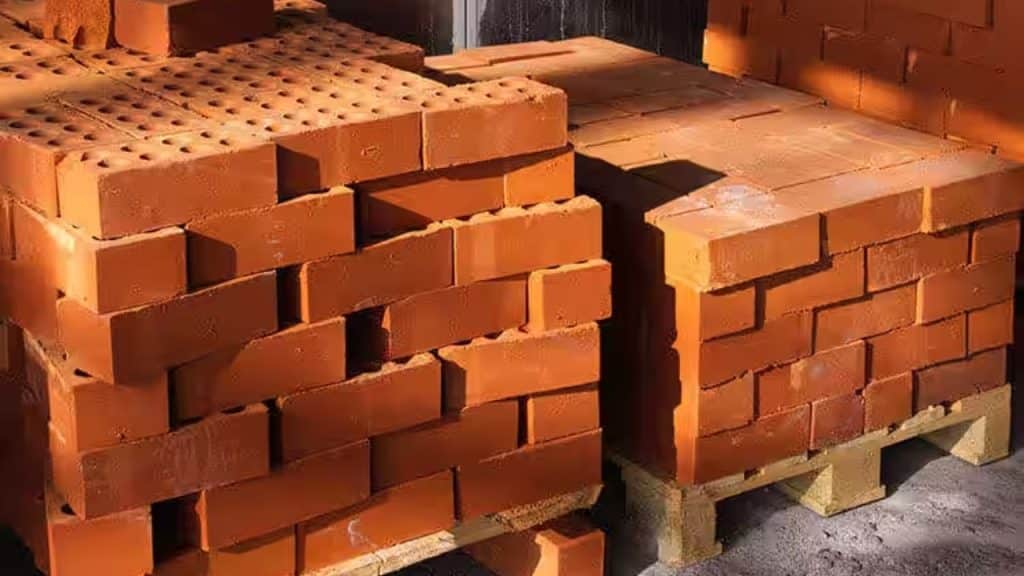
Worldwide, bricks are the most popular and widely used building material. Bricks are utilised in the building of wet roof courses, retaining walls, lintel and arch, and other structures. Bricks are also employed to give the structure an attractive aspect.
Since first-class bricks can endure fire exposure for an extended period of time, they are essentially fireproof. Because the bricks are poor heat conductors, they can tolerate temperatures as high as 13,000C without experiencing any significant consequences.
The greatest bricks to use in construction that resists fire are fire bricks. The melting point of fire bricks is roughly 28000C. Bricks’ level of fire resistance is dependent on a number of variables, including their size, the makeup of the brick clay, how they were built, etc.
Brickmasonry has been shown to be the most effective at protecting structures from fire dangers, despite brick’s inherent structural constraints.
Check this: How to Do Home Electrical Repairs on Your Own: Full Guide
#3. Steel
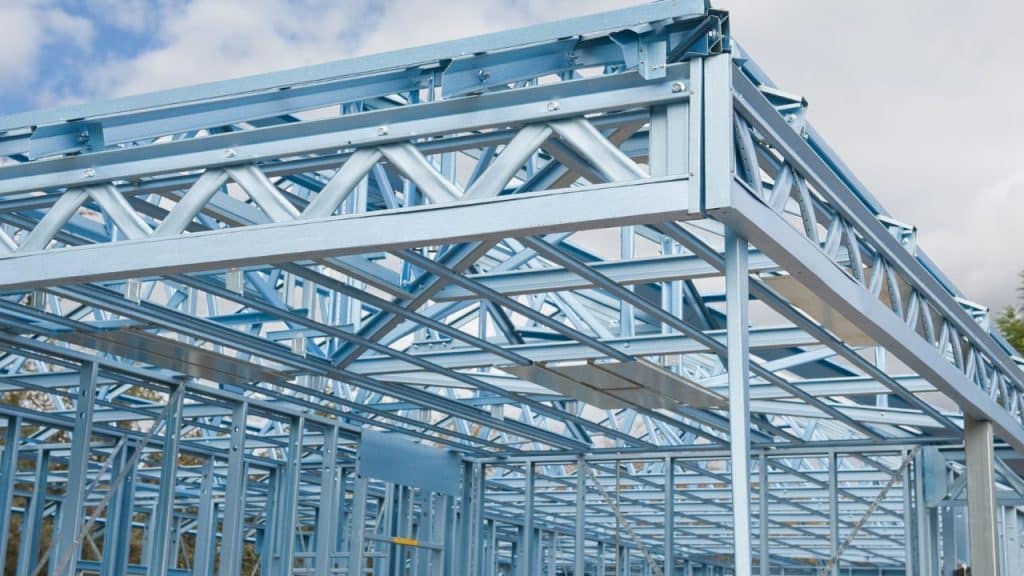
Residential and high-rise buildings are constructed with steel. Walls, ceilings, lintel purlins, beams, columns, and ceilings are all made of steel. It is also utilised in buildings as interior ducting and as heating and cooling equipment.
Additionally, rails, stairs, and shelving are examples of interior fixtures and fittings made of steel.
Steel has an extremely poor fire resistance value despite being a non-combustible fire-resistant material. It becomes softer as the temperature rises, which decreases its resistance to the effects of compression and strain.
Its yield strength is only a third of what it is at room temperature, or around 6000C. At 14,000C, steel melts.
Steel structures have a tendency to compress, twist, or deform when they come into touch with the water used to put out a fire, endangering the stability of the entire structure.
In real-world situations, it has been seen that exposed steel beams bow and steel columns buckle, both of which cause buildings to collapse.
Therefore, in order for a structure to have fire-retardant qualities, all of its structural steel parts must be covered in fire insulation.
This can be done by entirely covering the steel members with materials such as bricks, terracotta, burnt clay blocks, concrete, breeze concrete, etc.
#4. Wrought-Iron and Cast-Iron
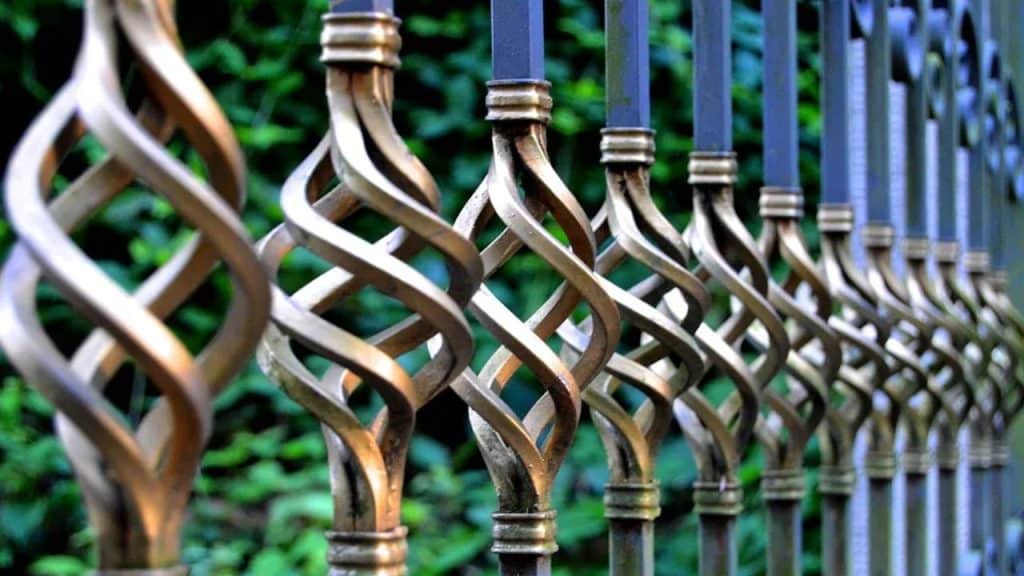
For decorative purposes, wrought iron is utilised in gates, fences, railings, and outdoor staircases. Sanitary fittings such as manholes, water pipes, and sewer pipes are made of cast iron. Metal column bases and columns are also made with it.
When exposed to fire, wrought iron reacts to heat nearly like steel does, with the exception that it is less elastic and has a lower cover strength in tension and compression than steel.
Since cast iron contracts and fractures into pieces or fragments upon abrupt cooling, it is rarely employed in building for fire resistance.
It melts them between 11000 and 15000 C. When utilizing cast iron in fire-resistant buildings, it must also be covered appropriately with bricks, concrete, etc.
#5. Aluminium
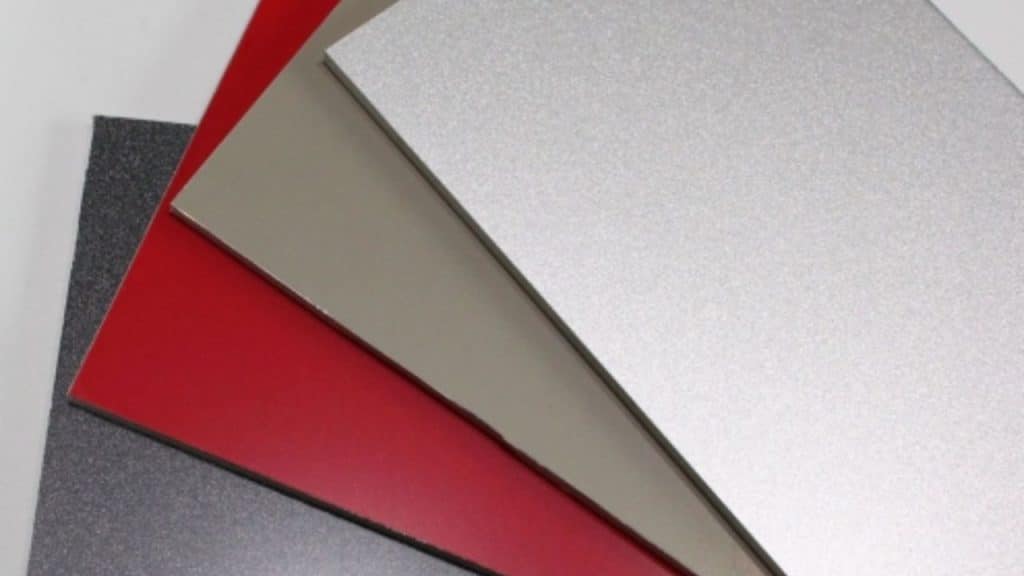
Aluminium is utilized in window frames, roofs, curtain walls, cast door knobs, window catches, and stairwells.
Because of its light weight and resistance to corrosion, aluminium is utilised for reinforcing purposes in multi-story buildings in certain developed nations.
Aluminium has a melting point of roughly 6600C. Its performance as a fire-resistant material, however, can be very poor, hence structures with low fire hazards should be the only ones using it (as an alloy) to make hangers. It has sufficient tensile strength and is an effective heat conductor.
Also, you can check this: How to Stack a Cord Of Wood
#6. Concrete
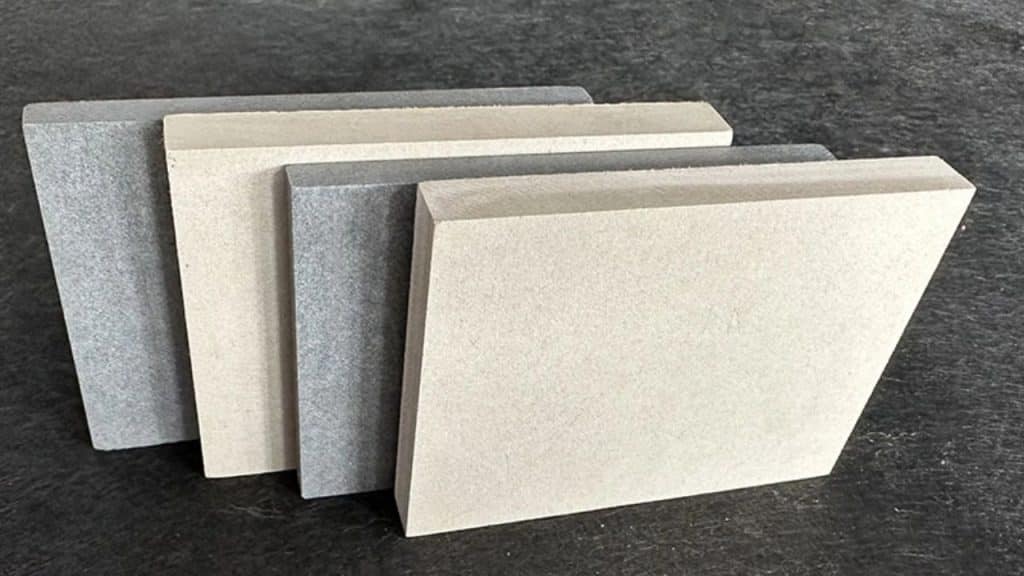
It is generally a good fire-resistant material and a poor heat conductor. Although concrete has no melting point, it loses strength at a particular temperature. Concrete retains its strength at temperatures as high as 2500C.
Concrete’s true level of fire resistance is determined by the density and type of aggregates utilised.
It is dependent on where the steel is located in the concrete when it comes to RCC and prestressed construction. For one hour, an RCC structure can withstand fires up to 10,000°C.
According to the tests, regular concrete becomes dehydrated when exposed to fire, which causes shrinkage fractures. (This occurs because when concrete heats up, the cement shrinks and the particles expand.
When it comes to fire resistance, coarse materials such as cinder, crushed limestone, foamed slag, blast furnace slag and crushed brick are the finest choices for concrete. The fire-resistance of aggregates such as granite, flint, and gravel is low.
Because the fire dries out the mortar in concrete, it has been found that in an average fire, the surface of the concrete disintegrates for a depth of roughly 25 mm.
Also, because cracks typically start from the reinforcement, a cover of adequate thickness should be supplied in reinforced concrete fire-resistant construction.
Because less steel is needed and it is better protected by the mass concrete, R.C.C. constructions are thought to be superior to steel framed structures.
#7. Glass
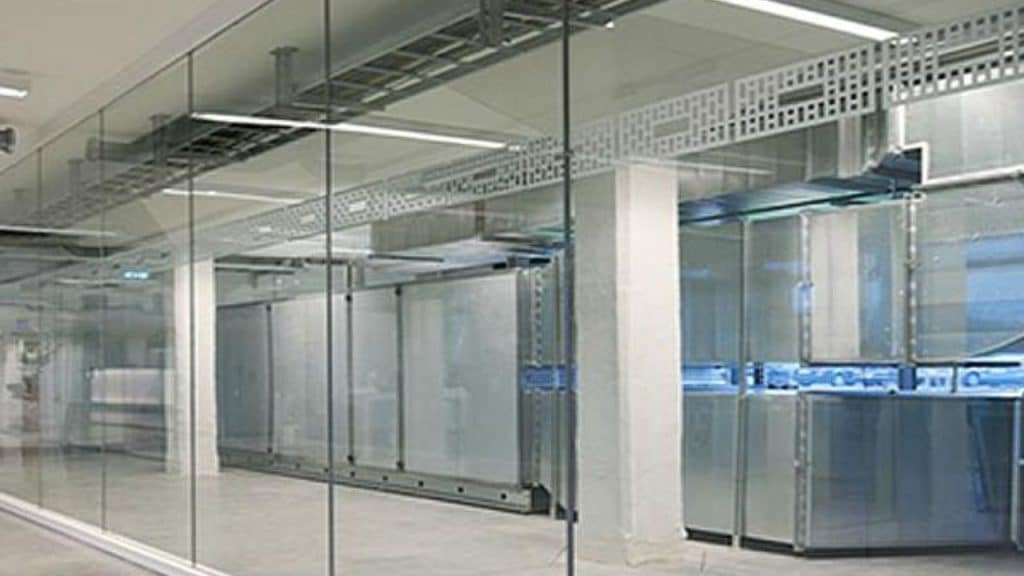
Glass is an excellent fire-resistant material due to its limited heat conductivity. Since its volume little changes whether it expands or contracts, it is regarded as a good fire-resistant material. Glass melts between 14000 and 16000 degrees Celsius.
On the other hand, abrupt and severe temperature changes cause fractures or cracks. However, glass that is reinforced with steel wire netting—such as wired glass—has a far higher fire resistance and a reduced propensity to shatter when exposed to abrupt temperature fluctuations.
Because reinforced glass has a greater melting point than regular glass, it is frequently used in construction to create windows, skylights, doors, and other fire-resistant windows.
Glass ceramic is appropriate for fire-resistant doors since it can withstand extremely high temperatures.
#8. Asbestos Cement
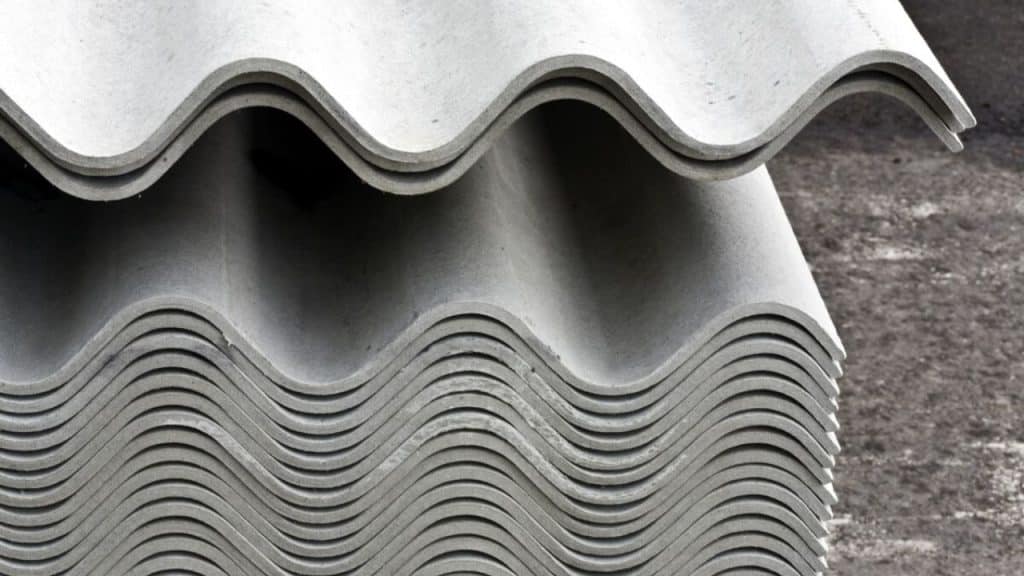
This fire-resistant material has a high fire-resistance value and is created by mixing fibrous mineral with Portland cement. It melts at roughly 8710 degrees Celsius.
Products made of asbestos cement are frequently used to build fire-resistant roofs and partitions, among other things.
Therefore, because asbestos cement is an incombustible substance and a poor heat conductor, structural members blended with it have excellent fire resistance and are less likely to split, bulge, or collapse.
#9. Plaster or Mortar
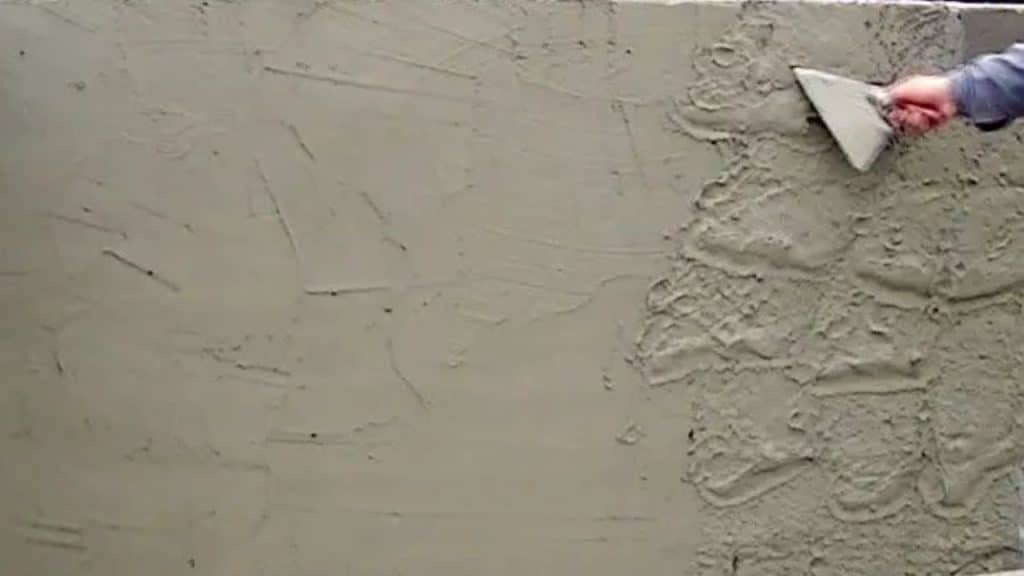
Because it is an incombustible fire-resistant substance, buildings’ walls and ceilings are shielded from fire hazards by it. Since lime plaster is more likely to calcine, cement plaster is preferable.
By applying a thicker layer of plaster or strengthening it with metal lathes, one might boost the plaster’s resistance to fire threats.
To improve the fire resistance of steel columns and other steel components, gypsum plaster is also added. From the perspective of fire resistance, it is preferable to utilize fire-resistant materials such as cement mortar with surkhi or pozzolana.
Vermiculite plaster is being used as a fire-resistant substance these days. Because of its excellent insulating qualities and low density, vermiculite is used in construction boards.
#10. Gypsum
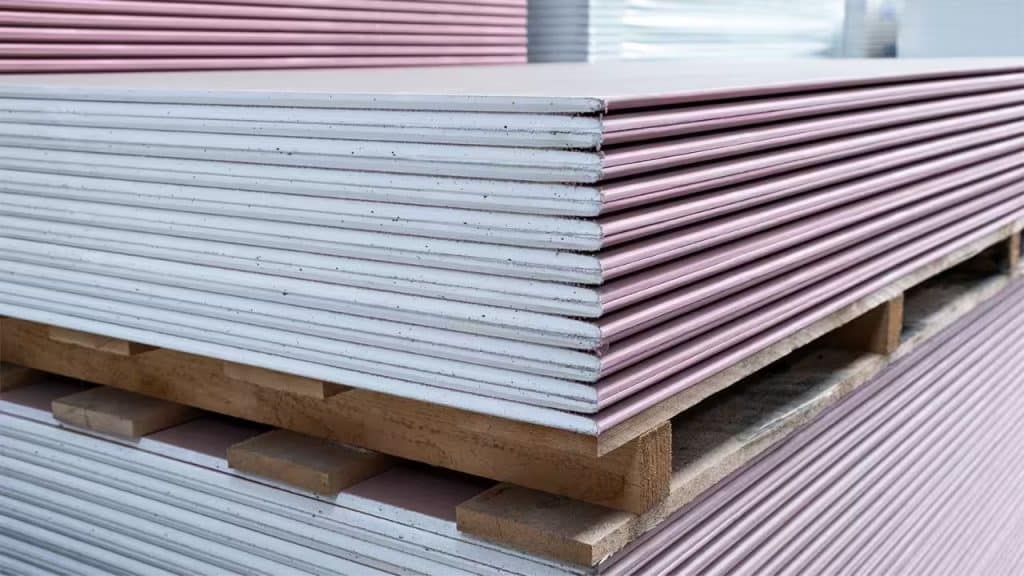
Another top popular fire-resistant substance in the construction industry is gypsum. Gypsum melts between 1000 and 1500 degrees Celsius.
Gypsum sheathing is used to cover a lot of the structural components below to reduce the risk of fire and obtain high fire resistance ratings.
Also, gypsum boards, sometimes referred to as “dry-walls,” undergo a chemical treatment to improve their capacity to withstand fire.
To ensure that the underlying physical structure’s fire resistant qualities are improved, builders apply many layers of gypsum coating on gypsum boards.
Related post: How can I become a Firefighter | Cost, School, Career, Salary
Frequently Asked Questions
Fire-resistant building materials are materials that are designed to resist the spread of fire and reduce its intensity. They are used in construction to enhance the fire safety of buildings.
Fire-resistant building materials are crucial for ensuring the safety of occupants and protecting property during a fire. These materials can slow down the spread of fire, provide additional escape time, and minimize structural damage.
Common fire-resistant building materials include gypsum board (drywall), fire-resistant glass, fire-retardant-treated wood, fire-resistant coatings, fire-resistant doors, fireproof insulation, and concrete.
Fire-resistant glass, also known as fire-rated glass or safety glass, is specially designed to withstand exposure to high temperatures and prevent the spread of fire. It is often used in windows, doors, and partitions to maintain fire compartmentalization.
Conclusion
After going over all of the aforementioned building materials, it is clear that choosing fire-resistant materials wisely and using the right construction techniques greatly reduces the risk of fire.
The greatest possible usage of non-combustible materials should be promoted in a construction that is fire-resistant. You can select the right building materials for your home based on the cost and availability of fire-resistant materials.
Nonetheless, you must carefully select the material by evaluating how it behaves under various loads, such as earthquakes, cyclones, rain, wind, and so forth. We hope that the discussions above will help you choose the right materials for your home.
